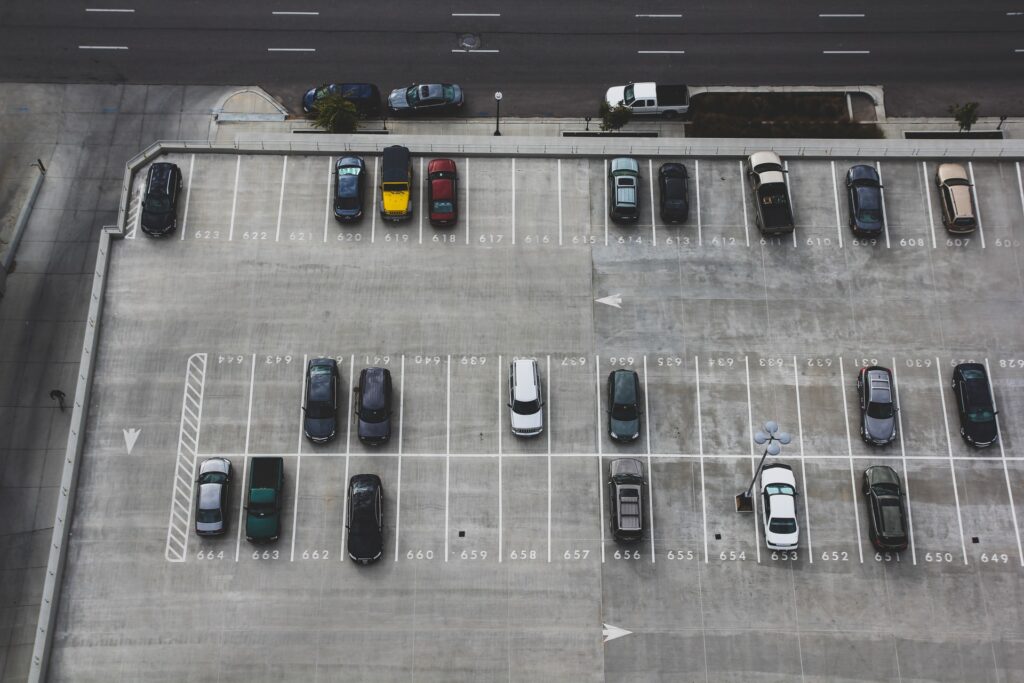
Understanding Zoning Code in the City of Los Angeles
Zoning is a tool that the majority of cities throughout the country use to identify the specific land use that will exist in the zone, which can be industrial, residential, or commercial. Zoning code will also dictate how buildings directly relate to their surroundings while denoting the overall size of buildings as well. In LA, zoning is handled directly by Los Angeles City Planning, which is a government entity that’s responsible for processing entitlements, reviewing project applications, and processing approvals to make sure that future development decisions adhere to the land use policies and regulations throughout the city.
LA City Planning is involved with administering zoning for all of the land throughout the city. It’s important to understand zoning code when you want to construct a building in LA. Since each parcel of land is designated for industrial, commercial, or residential use, you’ll want to make sure that the building you’re about to develop can be constructed in the location that you’re interested in. For instance, you can only build a home in areas of Los Angeles that have been zoned as residential areas. With this information in hand, you should be able to avoid any issues that come with starting development on land that hasn’t been zoned for that type of property.
This article offers an extensive look at the zoning code throughout LA.
Los Angeles City Planning

Los Angeles City Planning is a governmental department that mainly focuses on reviewing project applications while also processing approvals and entitlements. The goal of these services is to make sure that development is aligned with existing land use policies as well as potential land use regulations that have been proposed. Along with these core responsibilities, LA City Planning also administers zoning code, manages the historic resources in LA, and promotes urban design principles.
Whenever an environmental review is required for areas of the city, Los Angeles City Planning will manage the review. They are a key pillar of the city with a core objective of conducting long-range planning for the city of Los Angeles. They work directly with local communities to preserve and enhance the urban environment for generations to come. Because they are responsible for administering the zoning code in the area, it’s important that you have a firm understanding of what LA City Planning is.
Understanding Zoning

Zoning is a type of tool that allows governments to control how land throughout the city is used. This land can typically be used for residential, commercial, or industrial purposes. Zoning is also responsible for setting the maximum size of buildings while also denoting how buildings relate to surrounding streets, open spaces, and other buildings. Zoning in Los Angeles works somewhat differently in that separate zone classes are attributed to each type of land. There are also subcategories of zones that provide more detailed instructions over how the land is supposed to be used.
The Los Angeles City Planning department has set two different zones for residential properties, which are separated into single-family homes and multi-family homes. This department determines how zones are set up and what uses they are able to accommodate. Each zone has its own standards that property developers will need to abide by if they want to develop on the land in question. If you want to learn all there is to know about the Los Angeles zoning code, it’s recommended that you read through this link, which is a zoning code manual for Los Angeles that was created and maintained by LADBS.
Understanding the Zoning of a Property

If you want to properly understand the zoning of a property, there are two steps that you should take, which include:
- Consult a zoning map
- Check the zoning code
When you first consult a zoning map, you can use this map to identify which zone the property falls under. While a zoning map can sometimes be difficult to read, you can determine what type of zone your property is situated in by locating the property and noting what color is used in that area of the map. For instance, light green colors represent residential agriculture zones. Los Angeles maintains its own zoning map that can be found online via the Zoning Information Map Access System.
Once you’ve identified which zone the property is located in, your next step should be to determine what types of properties can be built in the zone. Each zone in Los Angeles has its own guidelines and restrictions that you should be aware of. These requirements can include:
- The max allowable height
- The positioning of the building
- Parking requirements
You can find out more about the specific zone that you’re interested in at this link.
Factors that Control Zoning

There are many different factors that control zoning, which extend to:
| Use type | This determines which uses can be constructed on a lot, the primary of which include residential, industrial, and commercial uses. Commercial uses extend to restaurants and stores, while industrial uses center around factories and plants. |
| Density | This factor typically applies to residential uses. The density of a zone dictates how many apartments and homes can be constructed on the lot in question. |
| Setbacks | This factor controls the amount of space that can exist between the property line and the building. Setbacks usually center around the front, sides, and back of the building and are denoted by feet. |
| Floor-area ratio | Controls the size of a building based on the size of the overall property. If you have a 1,500 square-foot building on a 3,000 square-foot lot, the FAR will be .50 since the building size is divided by the property size. |
| Height | Directly controls the height of buildings in a given zone. This height is typically displayed by feet as well as the number of floors that the building can have. |
| Parking | Controls the number of parking spaces that must be included with a development project. For industrial and commercial uses, the required parking space is determined by the building size. |
As can be seen with this list, any development project will need to take zoning into account to make sure that the building is being constructed without breaking any zoning codes. In fact, the LADBS will make sure that your building plans adhere to the local zoning code before they approve your application for a building permit.
Types of Zoning

When you’re about to begin development in Los Angeles, there are numerous types of zoning that you should be aware of, which include:
- Open space
- Agricultural
- Residential
- Commercial
- Manufacturing
- Public facilities
When you’re looking at a zoning map, keep in mind that the first letter of the zone use indicates what it’s being used for, which means that A = agricultural. Along with the six basic types of zoning that can be used in Los Angeles, there are also subcategories for each type.
For instance, an M3 zone allows for the manufacturing of chemicals, which isn’t possible in an M2 zone. However, anything in an M1 or M2 zone can be done in an M3 zone. Higher numbers usually equate to more restrictive zones. As mentioned previously, the two residential zones are multi-family zones and single-family zones. It’s important to understand the different zone types if you want to make sure that the property you own accommodates the type of building you would like to construct.
Reading the Zoning Code in Los Angeles

Reading the zoning code in Los Angeles is relatively simple once you understand how to do so. You can start this process by looking up your property at the ZIMAS online resource, which was talked about previously. Once you’ve found the zone that your property is located in, you can look up the specific zone within the Zoning Code database.
The final step of this process involves checking for additional guidelines and regulations that might apply to the zone you want to build in, which can be done at this link. A PDF of the zoning code manual can be found here. With these resources, you should be able to better understand how to read the zoning code and why it’s important to do so. This knowledge will allow you to identify the uses of your property and the types of buildings that can be constructed on it.
Using The Zone Information and Map Access System (ZIMAS)

The Zone Information and Map Access System is the single best resource for identifying the zone that your property exists in. ZIMAS is an online mapping tool that offers extensive zoning information for all properties that are currently available in Los Angeles. It was developed directly by Los Angeles City Planning to make sure that residents, businesses, and developers were better informed about the various land uses and any future land-use decisions.
The search tool with ZIMAS makes it easy to search for your specific property. For instance, you can type in the street name and number the results will show relevant property information. While ZIMAS is mainly a browser-based program, it can also be downloaded as a mobile app through Android or iPhone devices.
Now that you understanding what the LA zoning code is and why it’s important, you should be able to start your development project without issue.

Jason Somers, President & Founder of Crest Real Estate
With over 15 years of professional experience in the Los Angeles luxury real estate market, Jason Somers has the background, judgement and track record to provide an unparalleled level of real estate services. His widespread knowledge helps clients identify and acquire income producing properties and value-ad development opportunities.
Learn more about Jason Somers or contact us.



